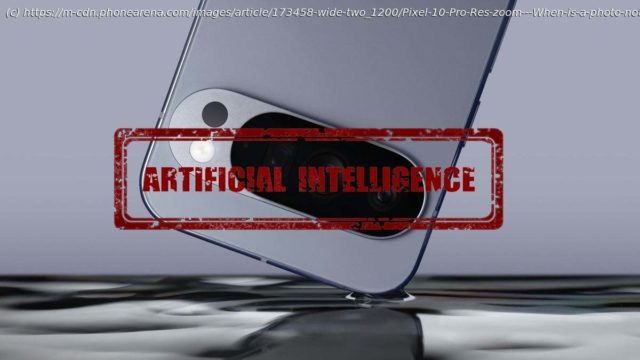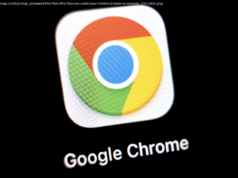The Pixel 10 series is out, and one of the features that has been making the rounds since the announcement is the new AI-powered Pro Res Zoom.
The Pixel 10 series is out, and one of the features that has been making the rounds since the announcement is the new AI-powered Pro Res Zoom. It uses generative AI magic to fill the gaps and reconstruct the image, offering up to 100x magnification.
To be fair to Google, many other brands employ the help of algorithms when it comes to digital zoom, but the Pixel 10 series is the first to come out and proudly slap the AI label on the feature.
This begs one very serious question—when is a photo not a photo anymore? But let’s start from the beginning.
What is a photograph?
The word „photograph“ comes from Greek, and it means to draw (graph) with light (photo). Ever since the invention of the camera obscura, people have been trying to record reality as accurately as possible.
For centuries the „best“ picture was the one that most closely resembled reality. It was (and still is in some circles) a never-ending quest to get it right. Lenses, film with the best photosensitivity, and color-accurate paper.
This quest has extended to digital photography, and even today, most companies strive to produce realistic photos.
But with AI entering the picture (pun intended), things are starting to look blurry, not in the literal sense. Problems have already started to appear.
The camera doesn’t lie
The origin of this idiom is unclear, but it can be traced back to as early as 1896, when Robert Louis Stevenson referred to it as an „old melodrama principle.






